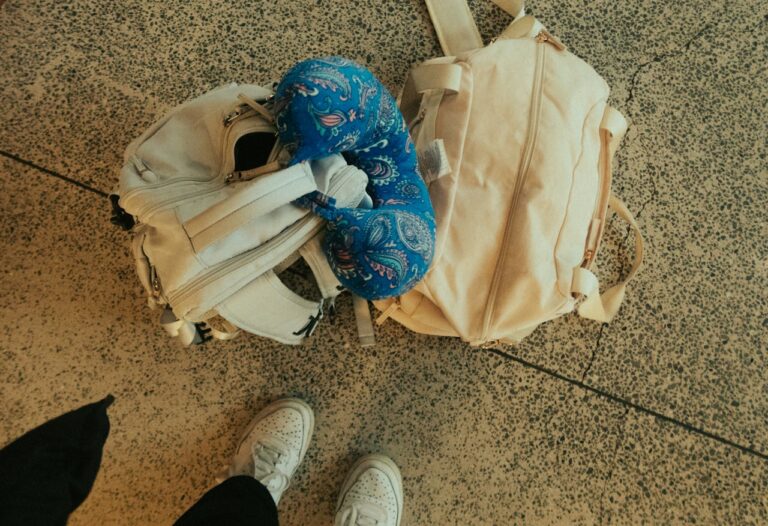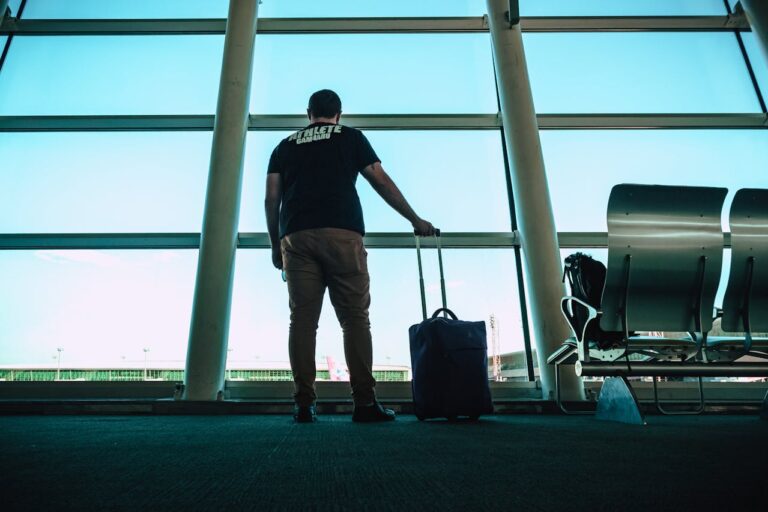Write Us: hello@ali5.org
Slow Travel: What It Means and Why It Might Change How You See the World
Learn the meaning of slow travel and why embracing it can deepen your connection to destinations. Discover benefits, tips, and how it can change your travel perspective.

Slow travel is the reverse of modern travel, which frequently feels like a sprint to see sites and get from one destination to the next. It’s not a new trend, but it’s growing more popular as people get tired of busy schedules that make them need a vacation after their holiday.
Slow travel isn’t about doing less just to do less. It’s about doing things in a new way. You don’t strive to “see it all.” Instead, you focus on fully and intentionally experiencing what’s directly in front of you.
What is slow travel, exactly?
The main idea behind slow travel is that the quality of your experiences is more important than how many places you visit. Instead of going to four big cities, you may spend a week in one tiny village. You may choose a train over an aircraft, a local guesthouse over a chain hotel, or a lengthy day in a café over a quick tour.
The goal isn’t to stop moving altogether; it’s to make mobility meaningful. You see things you wouldn’t have seen if you had kept going: the morning rhythm of a neighborhood, the faces at the market, and how the light changes on buildings as the day goes on.
Why People Are Choosing to Travel Slowly
1. It’s not as stressful
It’s tiring to fly back-to-back, have tight rail timetables, and visit attractions all the time. When you travel slowly, you don’t have to keep moving all the time, which means you spend less time in transportation and more time enjoying your destination.
2. It costs less
The cost of getting around is often the most expensive portion of a trip. If you stay in one place longer, you can save money on travel and take advantage of weekly rental rates or discounts for longer stays.
3. It’s better for the Earth
Less flying and more movement within the area means a reduced carbon footprint. If you take trains, buses, or walk instead of short-haul flights, you are traveling in a more environmentally friendly way.
4. You get to know each other better
When you stay in one place long enough to get to know the locals, you can have actual talks with them. You don’t just pass through as a visitor; you become a part of the daily life around you.
How Traveling Slowly Changes Your View of the World
-
You See the Normal, Not Just the Amazing
Guidebooks tell you what to see, but the heart of a city is frequently in the little things, like kids heading to school, old friends meeting in the park, the sound of church bells, or street vendors in the morning.
-
Instead of rushing, you learn to watch.
When you’re not rushing to get to the next stop, you can take in your surroundings. That’s when you start to see the buildings, hear bits of conversation, or find a tiny bakery that you would have missed otherwise.
-
You Get Culture on a Deeper Level
You don’t just get a brief look; you see patterns in how individuals work, how they spend their weekends, and how the seasons affect their lives.
How to Enjoy Slow Travel in Real Life
1. Choose fewer places to go
If you have two weeks, don’t try to visit five different cities in that time. Pick one or two areas and give yourself time to become used to them.
2. Stay in the Same Neighborhood
Instead of changing hotels every few days, look for an apartment, guesthouse, or hostel in the same region. You’ll find out where the greatest coffee is, when street sellers open up, and how the area changes from morning to night.
3. Pick a slower way to get around
When you can, choose trains, buses, or ferries. You may also enjoy the scenery between stops, which is more soothing.
4. Plan “Nothing”
Set aside whole mornings or afternoons with no plans. You may use that time to walk around, read in a park, or explore your interests.
5. Eat Like a Local
Look for eateries where the menus aren’t in English. Go to local markets to shop. If you have a kitchen, you can cook. Eating is one of the best ways to get in touch with the rhythm of a place.
The Problems of Slow Travel
Not everyone will enjoy slow travel. You have to change your expectations, especially if you’re used to seeing as much as you can in one trip. You could be afraid of “missing out” on things to do locally. Your friends and relatives might not get why you’re not going to see the great landmarks.
There is also the fact that time is limited. Not everyone can go on long trips. You can still use slow travel ideas on shorter trips. For example, you could forego a museum and spend the afternoon in a neighborhood café, or you could spend more time in one region instead of going all around the city.
Why It Could Change You
It’s not simply the speed of slow travel; it’s also the way you think. You stop thinking about how much you’ve “done” on a trip and start thinking about how you’ve felt, what you’ve learned, and how you’ve connected with others. That change can affect your daily life. At home, you could find yourself slowing down: strolling instead of driving, cooking instead of ordering food, and taking your time with conversations instead of hurrying to the next thing.
In a culture that values speed and efficiency, taking your time to travel is a good reminder that more isn’t always better. Better is sometimes just better.
Last Thoughts
Slow travel encourages you to replace the checklist with curiosity and the haste with rhythm. It wants you to be less of a tourist and more of a participant.
Next time you go on a trip, try to slow down if you ever feel like it went by too quickly. Stay put. Notice the details. Let the days last longer. You might find that you recall more and that what you remember is more important.







